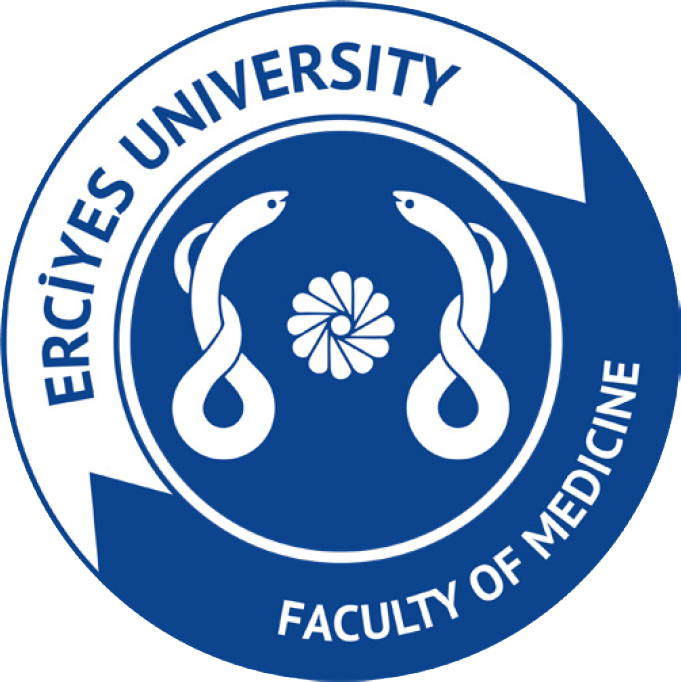2Department of Medical Biology and Genetics, Ankara Medipol University Faculty of Medicine, Ankara, Türkiye
3Department of Molecular Biology and Genetics, Muş Alparslan University Faculty of Science and Literature, Muş, Türkiye
Abstract
Objective: Young plasma is rich in rejuvenating factors that are diminished in aged mice, making it a promising treatment for organ regeneration and hormonal secretion support. Enhancing hormonal renewal suggests that this therapy may influence the expression of vitamin D receptor (VDR), which declines with aging. In this study, plasma therapy was applied to aged rats to evaluate its effects on histomorphological parameters and VDR levels in the jejunum.
Materials and Methods: Aged female Wistar rats (12-15 months, n=7) were treated with pooled plasma collected from younger rats (6 months, n=28). Post-treatment, villus height, total mucosal thickness, crypt depth, and surface absorption areas were measured in the jejunum of rats in the experimental group (n=7), control group (n=7), and a positive control young group (YPC) (5 weeks, n=7). VDR expression was assessed using immunohistochemistry, and the number of VDR-positive cells was quantified within 0.01 mm2 areas for all groups.
Results: Histomorphological evaluation revealed no statistically significant differences between the experimental group and the YPC group in villus height, total mucosal thickness, and surface absorption area parameters. However, the experimental group exhibited the highest crypt depth compared to the YPC group. Both the YPC and experimental groups demonstrated increases in all parameters, including histological and VDR evaluations, compared to the control group.
Conclusion: The plasma treatment supported parameters that facilitate digestion and increased VDR expression, which decreases with aging, thereby exerting a beneficial influence.


